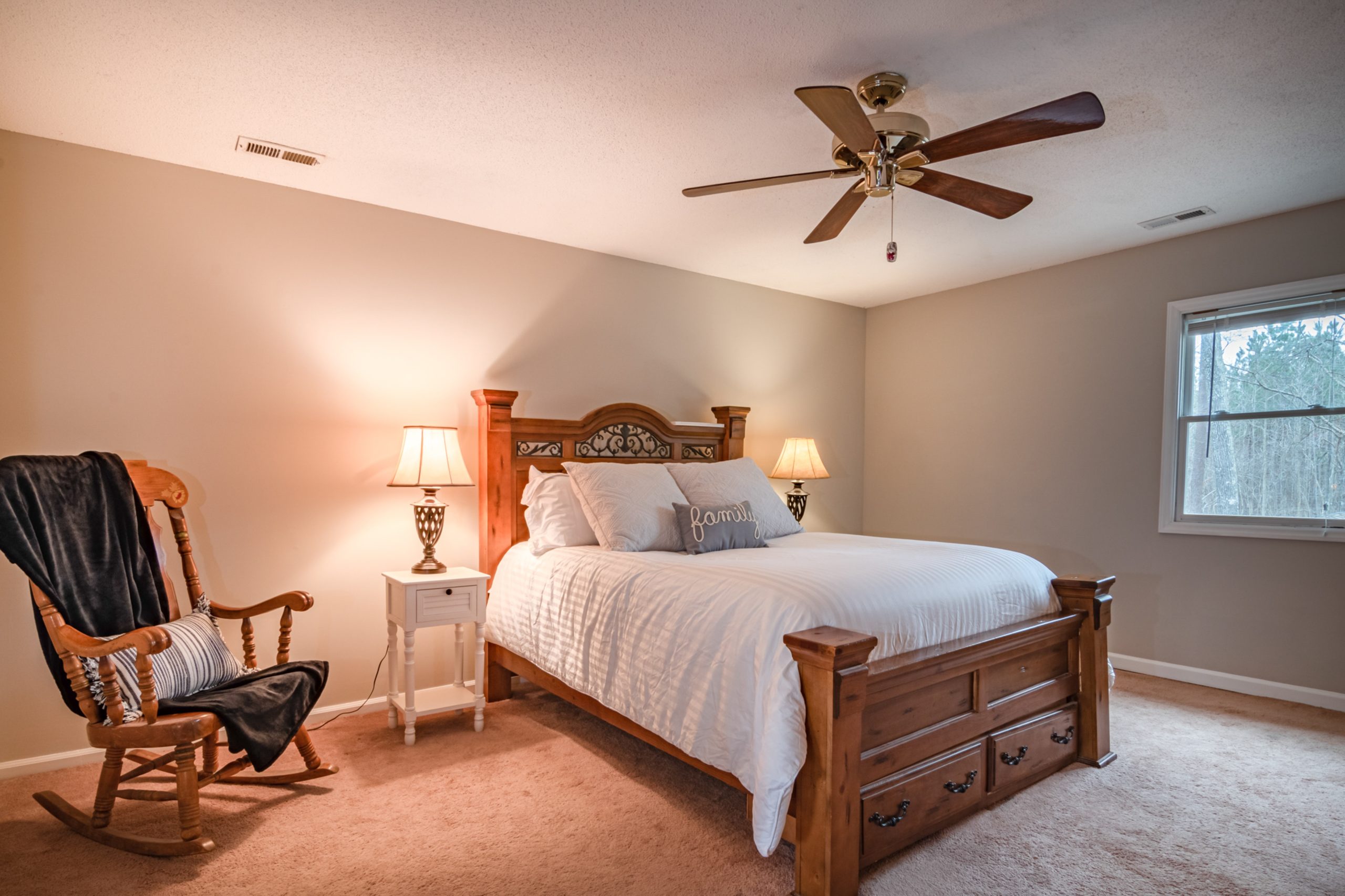How often should I rotate or flip my mattress?

Temperature and Sleep – How are they related?
December 2, 2020
5 Ways to have a more sustainable Christmas
December 19, 2020
Whether you grew up in a time when you were told to flip your mattress or you haven’t heard a suggestion you should be doing this at all (we’re looking at you, Gen Z), we are here to tell you that this is actually ‘a thing’.
Flipping your mattress makes it a healthier place to sleep and gives it a longer lifespan.
These days, mattresses are often double layered, which means you effectively get two mattresses instead of one. Flipping your mattresses means you wear out each side evenly, which means it will last twice as long as if you only had a single-sided mattress.
If you don’t have a double sided mattress – so if one side is hard and therefore not suitable for sleeping on – you should at least be rotating it.
You might think this is all a load of nonsense, but we’re here to tell you it isn’t. If you’re sceptical, here are all the reasons you should flip your mattress, and advice on how often you should do it.
Why should we turn and flip our mattress?
You spend an incredible third of your life in bed. Sleep is intrinsically linked to mental health and wellbeing, as well as your physical health. Your mattress has a big part to play in how you feel and how you perform in other aspects of your life, so it is really important that you take good care of it. It’s one of the more important assets you will buy.
Most nights, you’ll sleep on the same area of your mattress. This can lead to sagging, which leaves an impression of your body where your bigger, heavier bits are. Frequently rotating your mattress will give it the opportunity to flatten, even if you have a partner on the other side, as the way you sleep will be different and your weight will be distributed differently.
This isn’t just about the health of your mattress, though. If your mattress starts to sag in different areas, your spine will be unsupported and out of alignment when you sleep, which can lead to pain in your back and neck.
How often should I rotate or flip my mattress?
Every mattress is different, so there isn’t really a ‘one size fits all’ answer to this question.
You need to carefully consider what type of mattress you have in order to know when to flip and rotate it for the best results. We can give you a general idea, though, based on your mattress type, but you’ll need to consider it’s condition and durability. The worse condition it’s in, the more often you will need to flip and rotate. As soon as your mattress starts feeling uncomfortable, you should be trying to flip or rotate it, to see if that makes any different to your comfort level.
Mattress type
If you have a double sided mattress, you’re on to a winner. You can not only rotate your mattress, you can flip it, too. This means there are four separate areas of your mattress you can sleep on, which means it should last longer.
Quite often, rotation takes place if the flip is not possible, for example innerspring mattresses with no pillow top. The coil springs inside of the mattress will start to wear over time, especially if you tend to sleep in the same spot (which most of us do). If this is the case, we’d recommend you rotate your mattress every two to three months.
If your mattress is double sided, try rotating it first, then flipping a few months later, then rotating, then flipping again to be back on the original side. Do this every three months, and you’ve given your original position an entire year to rectify itself.
How do I flip my mattress?
Your mattress might come with instructions on how to flip it, as some come with their own ways and means. If you don’t have instructions available to you, we recommend carefully picking up your mattress on one side (using handles, if there are any) and sliding it across the bed base, until the opposing side is facing upwards. If you do not feel confident doing this yourself, you should always ask for help. Please be careful. Mattresses are heavy, and moving them can cause injury. It is important to be gentle and slow, not just for your own health, but for the health of your mattress, too.
Tip: Why not utilise this time to do a bit of cleaning? Use your vacuum to get rid of dust on and around your mattress.
How do I rotate my mattress?
You should rotate your mattress at least once a year. It’s a very simple thing to do. Manoeuvre it 180 degrees, with help if you need it. Make sure you move obstructions, such as bedside tables, before you start.